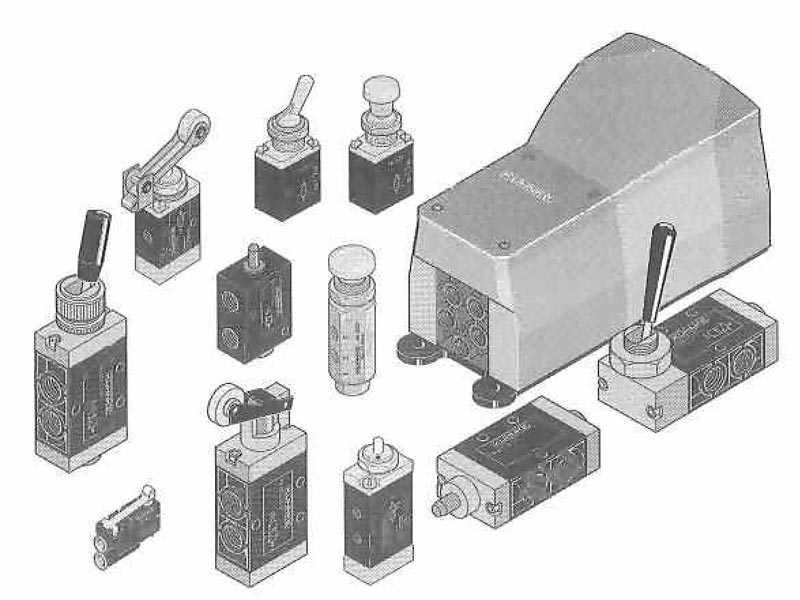Standard Options for Pneumatic Valves
 One of the most common pneumatic valve types is the directional variant. A traditional valve turns on and off, but a directional pneumatic control valve also changes the airflow direction (per requirements of the system). Many companies use compressed air to operate equipment and create products. Control systems need the right tools. The best way to understand how direction control valves are used is to understand the different types and their functions.
One of the most common pneumatic valve types is the directional variant. A traditional valve turns on and off, but a directional pneumatic control valve also changes the airflow direction (per requirements of the system). Many companies use compressed air to operate equipment and create products. Control systems need the right tools. The best way to understand how direction control valves are used is to understand the different types and their functions.
To meet the strict standards of different industries, directional pneumatic valves are either used as a single type or as a combination of multiple types. Choosing pneumatic control valves depends significantly on the environment and application of the pneumatic control system
Poppet Pneumatic Control Valve – this type of pneumatic valve has a big poppet seal similar to a traditional water tap. Valve seals move in a perpendicular motion. The motion forces annular ridges of the valve to ensure total sealing. These pneumatic valves are ideal because they are easy to use and fast. Poppet valves are designed in three main configurations to ensure total control for specific applications (2-, 3-, and 4-way).
Two-Way Pneumatic Valve - this simplistic valve is often used for on/off applications, which is why the pneumatic valves are also called isolation valves (either on or off). They allow users to immediately stop the flow to specific areas, helping avoid catastrophes and a slowdown in work. These pneumatic devices are also found within variable flow systems because they help systems run optimally when experiencing drastic changes in flow, pressure, or temperature. Sensors are used to monitor and adjust specific parameters to maintain optimal functioning.
Three-Way Pneumatic Valve – these pneumatic valves allow users to easily divert flow from two separate inlets that a single outlet services. Valves direct pressurized air, which shifts the spool to the opposite position, blocks pressure and flows to the actuator. A three-way valve is commonly used in pairs to operate a double-acting cylinder safely.
You should not hesitate to call our team for more information on pneumatic valve options.
Related Reading about Pneumatic Valves


- Ellis/Kuhnke Controls
132 Lewis Street Unit A-2, Eatontown, N.J. 07724
Phone: 1-800-221-0714
Fax: 732-291-8154
Email: Info@ekci.com
- Home Pneumatic Controls Technical Info CAD Drawings Contact Us Pneumatic Timers Blog Site Map
